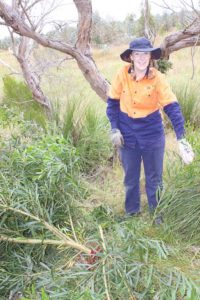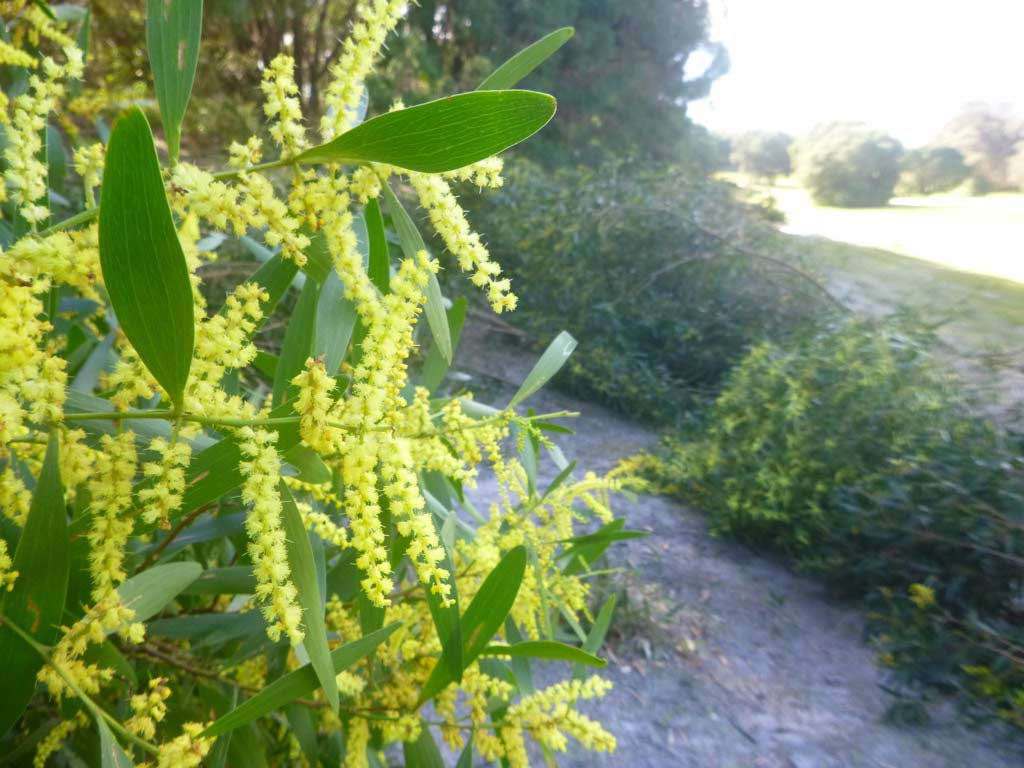Lower Great Southern Regional Coordination of Weedy Wattle Control 2016-2018
Weedy wattles in the Lower Great Southern Region are having a devastating impact on many areas of natural vegetation. Control of these weeds is a challenge faced by local government, state government departments, farming properties, businesses and residents. Intermittent, sporadic and uncoordinated control has lead to inefficient use of resources with limited outcomes.
In this project Green Skills will take on the coordination of control activities, so all stakeholders work together to protect our native vegetation and move towards control of these invasive species. The focus will be primarily on Acacia longifolia, but will also address other weedy Acacia species.
 Biodiversity is the key value for this project. Acacia longifolia is a large tree and rapidly becomes a monoculture in this region. It also increases the nitrogen level in the soil enough to prevent the regeneration of indigenous species. Without its natural constraints, it grows to be a larger tree and sets more seed in the Great Southern area than it does around Sydney. It is currently doubling its spread in the Albany area every five years (John Moore, eBioSys survey for South Coast NRM 2010). As it is spread by birds, it is disseminated widely and can infest high value conservation areas repeatedly from a considerable distance.
Biodiversity is the key value for this project. Acacia longifolia is a large tree and rapidly becomes a monoculture in this region. It also increases the nitrogen level in the soil enough to prevent the regeneration of indigenous species. Without its natural constraints, it grows to be a larger tree and sets more seed in the Great Southern area than it does around Sydney. It is currently doubling its spread in the Albany area every five years (John Moore, eBioSys survey for South Coast NRM 2010). As it is spread by birds, it is disseminated widely and can infest high value conservation areas repeatedly from a considerable distance.
The Albany hinterland, including Porongurup National Park, Torndirrup National Park, Two Peoples Bay Nature Reserve and Mount Manypeaks Reserve, supports a diverse range of endemic flora and fauna species, many of which are threatened by feral animals and loss of habitat by weed incursion. As Manypeaks and Two Peoples Bay reserves are currently free of Acacia longifolia, it is essential to control populations of wattle in the vicinity.
The intended outcome of this project is to have a strong network of stakeholders, both private and public, who maintain the partnerships leading towards effective control of these woody weeds. The mapping will have ongoing benefits for all stakeholders to guide continued treatment, and monitor past work. An expectation of the project would be to have twenty ‘champions’ throughout the region, to continue treatment work in their local communities.
This project is supported by funding from the Western Australian Government’s State NRM program.


